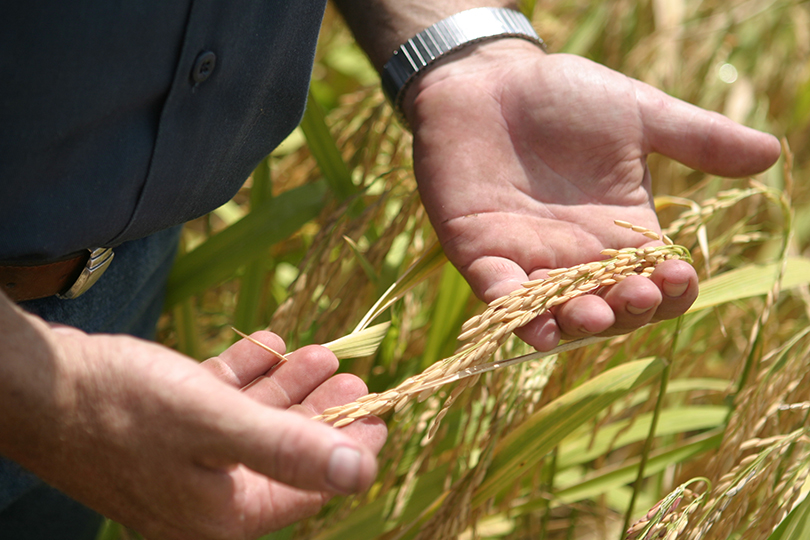By Jennifer Dorsett
Field Editor
Economic effects of the novel coronavirus pandemic continue to impact agricultural commodities.
One effect is a rice shortage in Brazil, opening the door to U.S. rice exports to the country at levels not seen since 2003.
Increased demand during the pandemic, combined with drought in South America and a destabilized Brazilian currency, sent prices soaring earlier this year, according to a recent report from the U.S. Department of Agriculture (USDA) Foreign Agricultural Service.
In the report, the agency said economic repercussions of COVID-19 have Brazilians spending less by cooking at home more often and falling back on familiar diet staples like rice.
Brazil historically imported only about 1,000 metric tons (MT) of U.S. rice per year over the last decade, relying instead on duty-free imports from the MERCOSUR trading bloc that encompasses Argentina, Brazil, Paraguay, Uruguay and Venezuela to meet demand.
However, with the Brazilian rice harvest still five months away and stocks dwindling quickly, the country has had to turn to other solutions. To meet its needs, the nation temporarily dropped its normal 10- to 12-percent tariff on imports from the U.S. and other countries outside of MERCOSUR.
Although it may not be a long-term market opportunity, USA Rice Federation President and CEO Betsy Ward said it’s currently a beneficial situation for U.S. farmers.
“With rice coming out of the fields now, we are well-equipped to assist Brazil in filling this supply void,” Ward said. “This turn of events provides a unique opportunity for both paddy and milled rice sales. We also understand that this temporary tariff suspension is an effort to stabilize prices due to COVID-19 increased rice purchases and a drought-related supply shortage in Brazil, but we’re hopeful it will establish a precedent for importers there to turn to U.S. rice as a viable option in the future.”
So far in 2020, 120,000 MT of U.S. rice has been purchased by Brazilian importers, according to a recent USA Rice update. Discussions also have been circulating about a new quota being opened for 2021.
The duty-free trade is set to expire Dec. 31, and only applies to the first 400,000 metric tons of imported rice.
But for the moment, it’s good news for Texas rice farmers. Texas is the fifth-largest rice-growing state in the country, where production contributes an estimated $140 million to the state’s economy each year.
“We’re pleased to see U.S. rice exports climb so quickly since the Brazilian government relaxed those tariffs,” Brant Wilbourn, Texas Farm Bureau (TFB) associate director of Commodity & Regulatory Activities, said. “We know Texas farmers and other U.S. rice growers deliver a high-quality, clean product that many other nations are clamoring to buy. Hopefully, the buyers in Brazil will notice this and continue to buy more rice from us in the future.”

